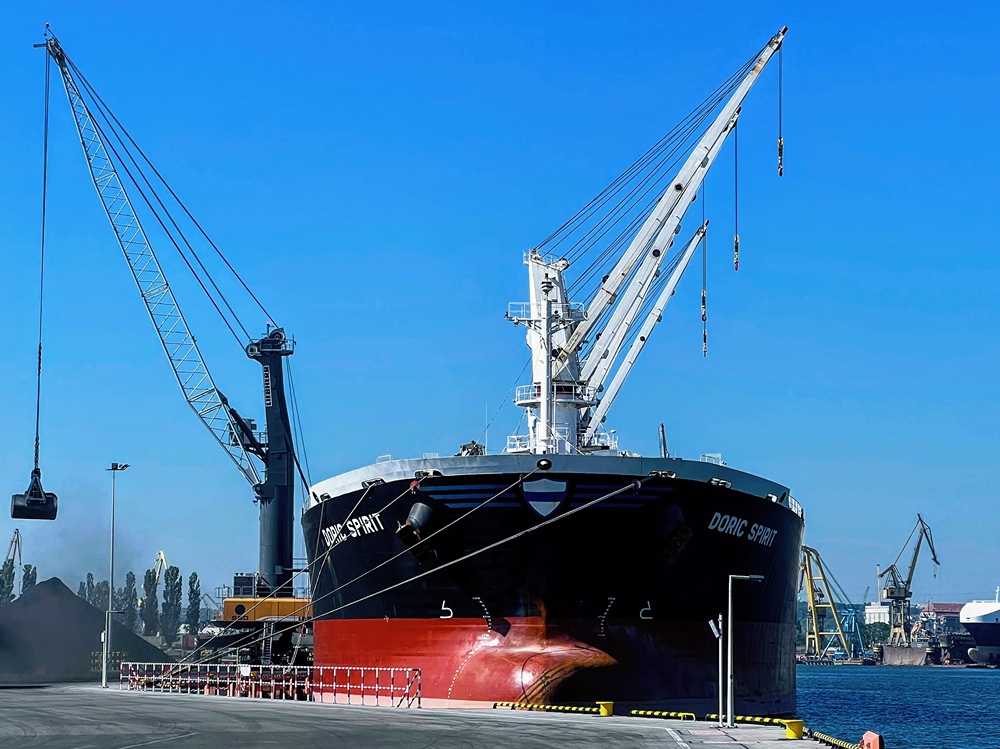In 2022, the Baltic Port of Gdańsk handled 40 percent more goods than the previous year, according to data from Eurostat. This surge was the highest among European seaports, elevating Gdańsk into the top 10 largest ports in the European Union. While Gdańsk’s port operations expanded, other major European ports experienced a decline.
Eurostat data states that the Port of Gdańsk handled 63 million tons of cargo. However, the Port of Gdańsk reported even better results, with 68.2 million tons, a 28 percent increase, or 15 million tons more than the previous year. Looking at the past decade, the port’s cargo throughput increased by 154 percent, making it the fastest-growing port in Europe.
During the same period, cargo handling in other significant European ports declined. Rotterdam saw a 0.4 percent drop, while Hamburg experienced a 7 percent decrease. Since 2019, before the pandemic, these differences are even more pronounced in favor of the Polish port, with Rotterdam seeing a 2.9 percent decline, Hamburg an 11.8 percent drop, and Amsterdam a decrease of 8.1 percent.
In contrast, the Port of Gdańsk recorded a 38.7 percent increase during the same period. This substantial growth in Gdańsk is closely linked to sanctions imposed on Russia, including the European Union’s embargo on Russian oil and refined products, and Poland’s disconnection from Russian oil and coal. As a result, Poland has increased maritime imports from other directions.
The majority of this new cargo handling occurs in Gdańsk, rather than in Gdynia or the Szczecin-Świnoujście port, contributing to Gdańsk’s impressive performance. In Gdańsk, coal handling rose by 175 percent to 13.2 million tons compared to 2021, and fuel handling increased by 35 percent to 25.5 million tons. Adam Kłos, commercial department director at the Port of Gdańsk Authority, believes that the port could handle 80-84 million tons of cargo in 2023, potentially setting new records.
Despite Gdańsk’s rise, the Netherlands remains the maritime transport hub of the EU. Ports in Rotterdam, Amsterdam and Zeeland handled 565 million tons of goods, an increase of 9 million tons from 2021, accounting for 16 percent of the total volume of maritime goods handled in the EU last year.
The largest ports remain Rotterdam (427 million tons), Antwerp-Brugia in Belgium (254 million) and Hamburg in Germany (103 million), all located on the North Sea coast and collectively handling over one-fifth of all maritime goods in the EU, totaling 22.5 percent.





